By Adam Karenina Sherif
Content Warnings: sexual assault, sexism, racism
This past weekend at NYCC saw a number of panels which earnestly attempted to push into more critical comics territory. Moderator Elana Levin, a comics podcaster and digital political organiser, guided the panel through a series of topics which offered some especially engaging insights into how marginalised readers and creators can engage with a comics canon comprised principally of works by cis-het white male creators.
Jay Edidin, podcaster and comics journalist, spoke on how an appreciation of craft can be a way in with problematic works. While not necessarily separating art from artist, he emphasised that “I love Frank Miller’s Daredevil because you can watch him evolve through the run”. A different side of the same coin, Regine Sawyer of Lockett Down Productions and founder of the Women in Comics Collective International, suggested that as a creator it’s possible to learn from the insensitivities of classic works: “with the Claremont run, there were these little things that go un-addressed that were troubling. Like, Rogue being assaulted on a train in Uncanny X-Men – and it’s never looked at. And that made me want to grow as a writer, and work out how I could navigate stuff like this in the world of comics”.
Speaking on the question of subtext, Meg Downey, critic and journalist at Polygon and IGN gave the great example of Captain America’s childhood friend Arnie Roth: “He exists for a brief time, he’s a very weird character. He’s Steve’s old friend who ages normally and has a life-partner who’s never called his husband, but absolutely is. And Steve’s just completely accepting. It’s never explicit, but it’s there and it’s important to me”. Of course, the importance of subtext to some readers speaks to the lumbering pace of change at the major publishers and their historical unwillingness to insist on better and wider representation. Edidin hit on this, remarking that “when it’s queer, it’s subtext, but if it’s straight it’s happily taken as ‘text’. And that’s bizarre. Just because it’s not explicit, doesn’t make something not textual”.
Levin asked the panel where they draw their lines as far as what they can and cannot tolerate, prompting some sincere and measured responses. For herself, she offered that “if I can tell the writer is trying, I’m more tolerant with older stuff”. Desiree Rodriguez, CPU co-ordinator at Lion Forge, referred to the rape of Hippolyta by Hercules in George Pérez’ Wonder Woman. Despite her affinity for Pérez, a fellow Puerto Rican, she couldn’t excuse it: “the rape apology might be a product of its time, but that doesn’t mean it’s okay. You have to acknowledge problems, and be willing to talk about them – and not living in willful ignorance”. Finally, Saladin Ahmed, Eisner-winning writer of Black Bolt and the upcoming Miles Morales, brought a brutally-honest perspective to proceedings: “I maybe forgive more because I come from a place of despair. Because in everything I consume, I’m cutting people slack. We live in a racist, sexist society – so my bar is lower, and I’ll lift up anything that rises above the baseline”.
Levin rounded out the panel by asking how the industry can continue to make progress as far as creating works that don’t serve to perpetuate the alienation of marginalised readers, critics and creators alike. From a writer’s viewpoint, Ahmed suggested “it’s about honouring specificity. If you’re gonna honour the human story, you are shaped by everything in your background. It all matters – I can’t stand that ‘Oh, it’s not intrinsic to the character‘ shit”. Within publishing structures, Rodriguez highlighted different stages of production, affirming “I believe in editing, research, consulting, and sensitivity readers”. Lastly and unanimously, all the panelists stressed the importance of diversity at the creative, editorial and corporate levels. Edidin summed up that “change has to come from both directions – grassroots, and institutionally”.


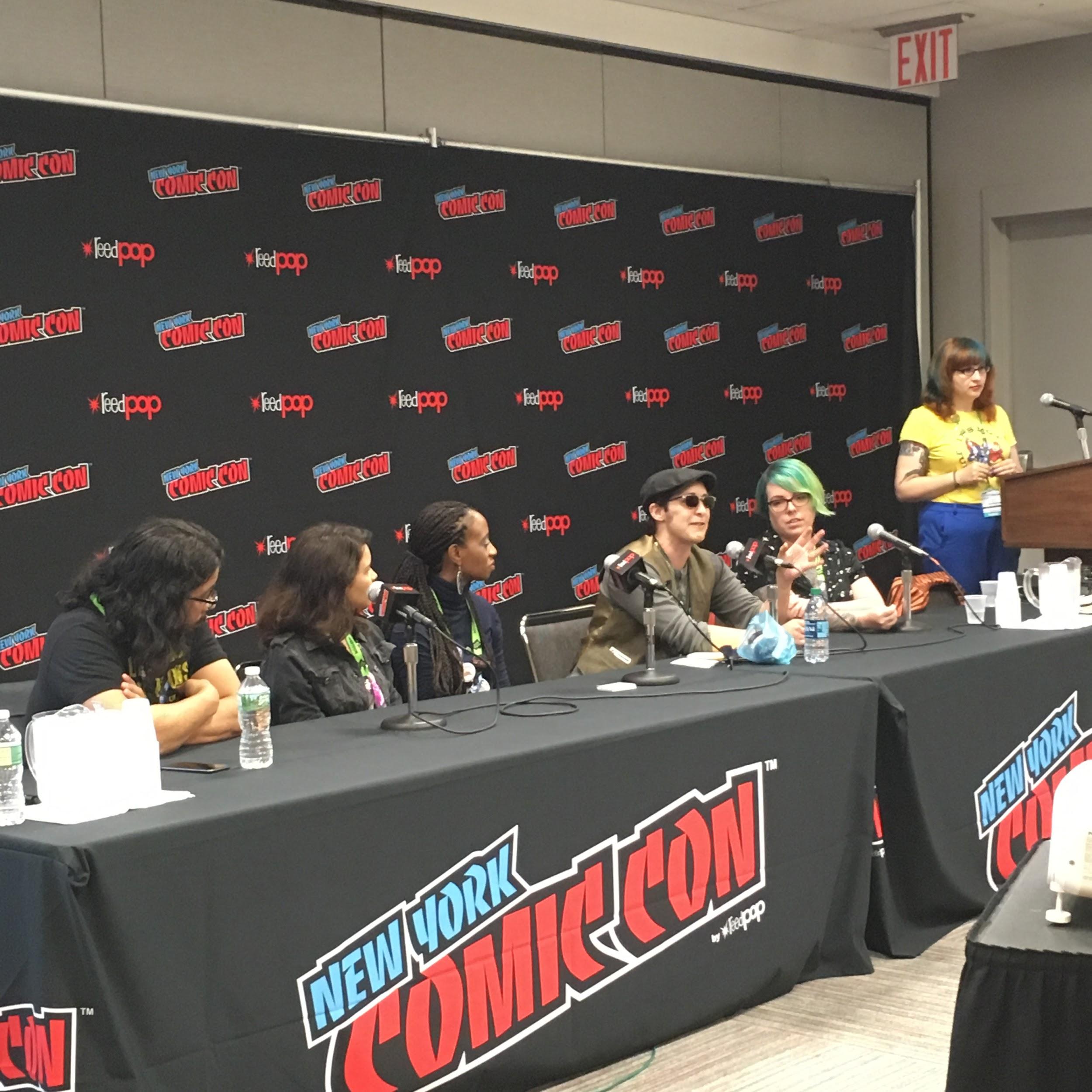
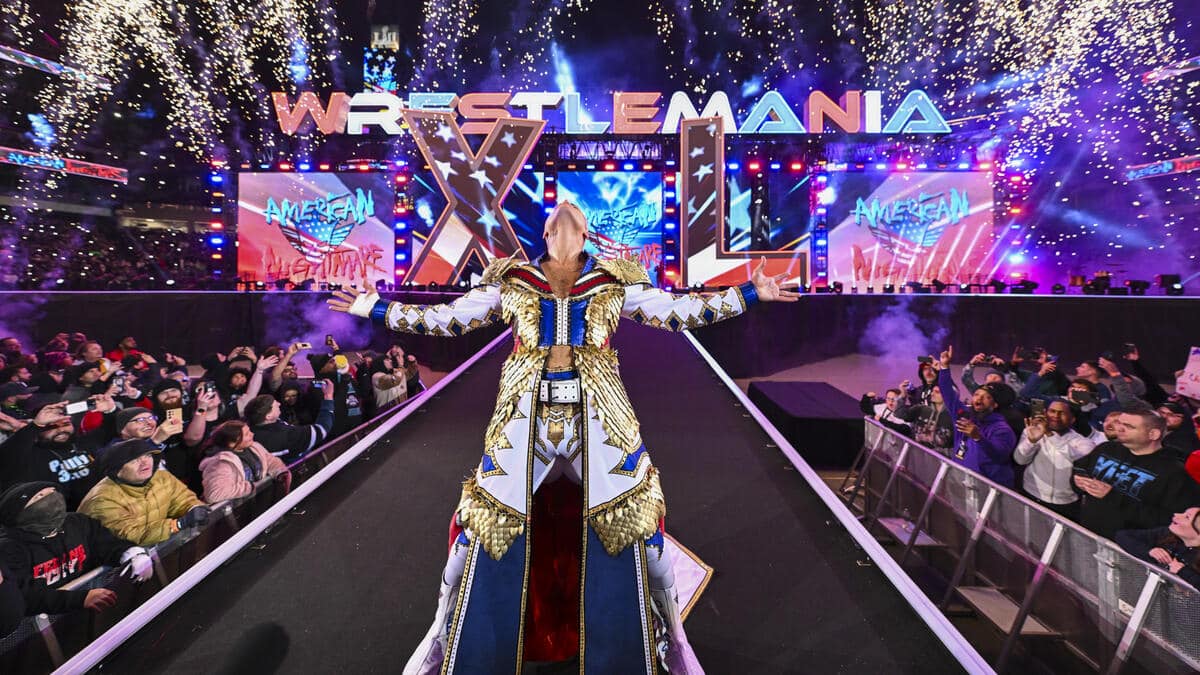
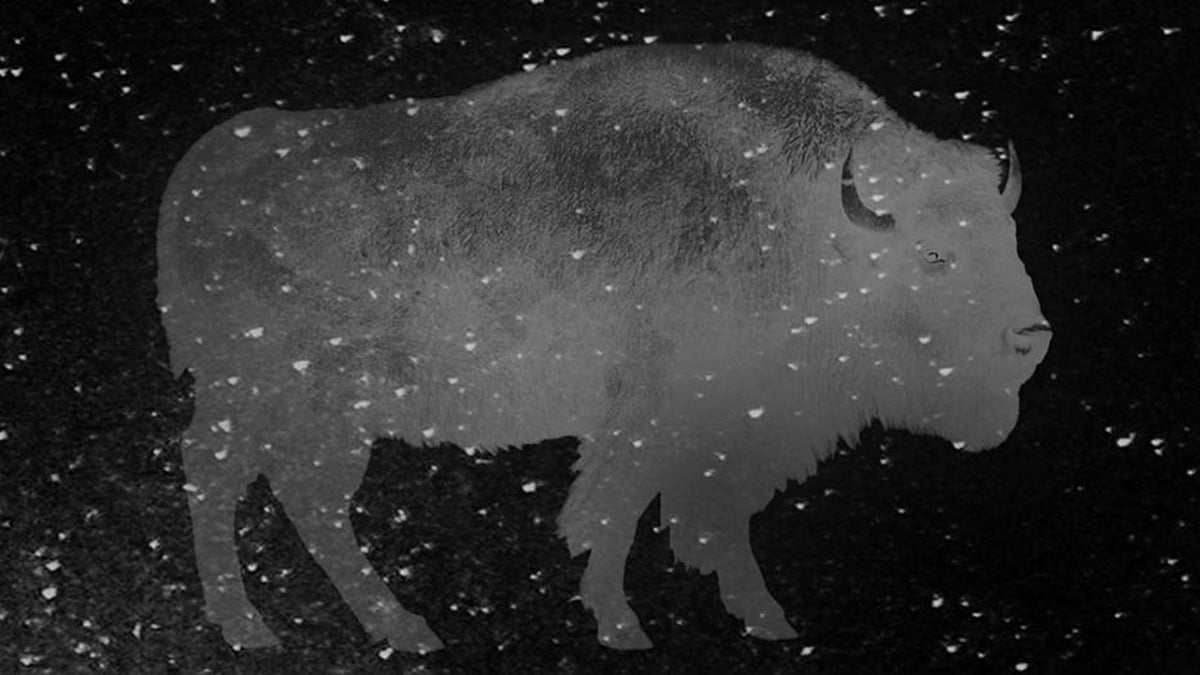
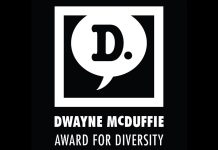
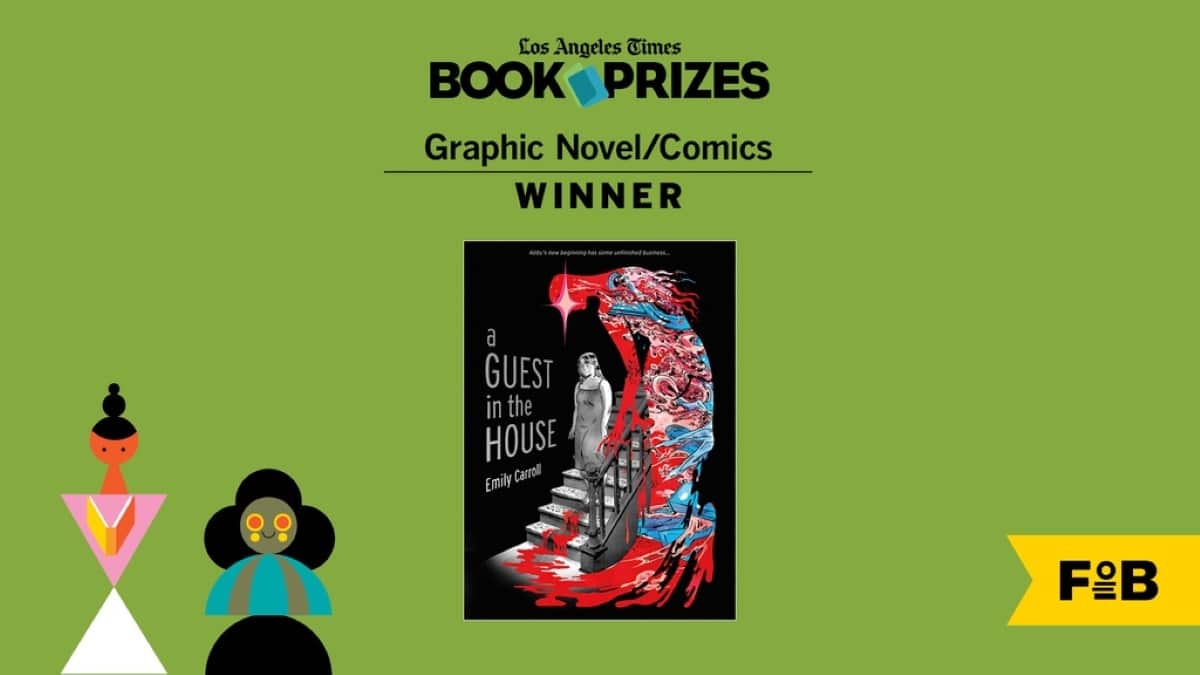

Good insights covered here. I must say, I enjoyed them as looking into craft. Agree with a lot of comments here. My only further point touches on some of this (perhaps the Hyppolita rape). It’s just that so much injustice and unaccounting of wrongs occurs in the world, that seeking to represent the world in art without that feeling (and always addressing it with a positive inclusion of perspective, as might be argued for with a woman’s rape) misrepresents the world. Just saying, the point of the art should be considered, as there are multiple points to make about rape. As to Hyppolita’s, within the context of Greek myth, and how those stories dramatically are told and are set to function as source material, I’m fine with it. It is just to describe WW’s being. And it does reflect how injustices occur and are not addressed; which describes actual universal experience in the real world, and is the function of the myth in its telling (and the myth itself actually serves as historic evidence of universal suffering and experience). If you want another piece of art that makes its point in the inclusive perspective of what rape meant for Hyppolita/women, then that’s another piece of art. Which is fine too. Again, the main point is WW’s brought into being, with its mythic roots (Azzarello did the same thing, if I can controversially bring that up). Agree with the panel and particularly Ahmed’s comments generally though. Good to read.
I do value verisimilitude, mimesis and the Classically-derived notion that art can only ever be a representation (literal or figurative, from the smallest detail of focus to the widest reading possible, it’s representative of something) of the world, most in art. Doesn’t mean one thing or the other, but any art with a dogma (even inclusion) I will tire of. Make the craft/art good, and bring it back to what it seeks to represent, with mimesis, etc. Done craftfully. Many good stories – and inclusive ones, particularly, too – within that.
I remember Arnie Roth from Captain America, one of the first obviously gay characters in a Code-approved comic. His orientation is never spelled out (maybe the Code wouldn’t allow that in the early ’80s), but if you were old enough to read between the lines, you knew he was gay. And Steve had no problem with that.
Ann Nocenti’s “Daredevil” run should be in the canon. I reread it every year. Alas, it was too offbeat for most fanboys.
Tape Mills should be in the canon for “Miss Fury,” which was (I believe) the first female superhero created by a woman. And there was prolific Quality Comics writer Audrey “Toni” Blum, who ghost-wrote The Spirit for a time when Will Eisner was in the Army.
According to the book “The Ten Cent Plague,” many of the “Crime Does Not Pay” stories credited to Charles Biro were actually written by a woman. Wish I could remember her name.
I just recently read the Mad Dog Ward issues of ASM written by Nocenti, as part of the McFarlane-heavy latest Epic collection. Got to say that those issues were more interesting than the rest, and yet I intensely disliked them when I was younger. Have to agree, George. Will be a pleasure to read her full DD run fully with a new appraisal of her storytelling, fully for a furst time.
Comments are closed.